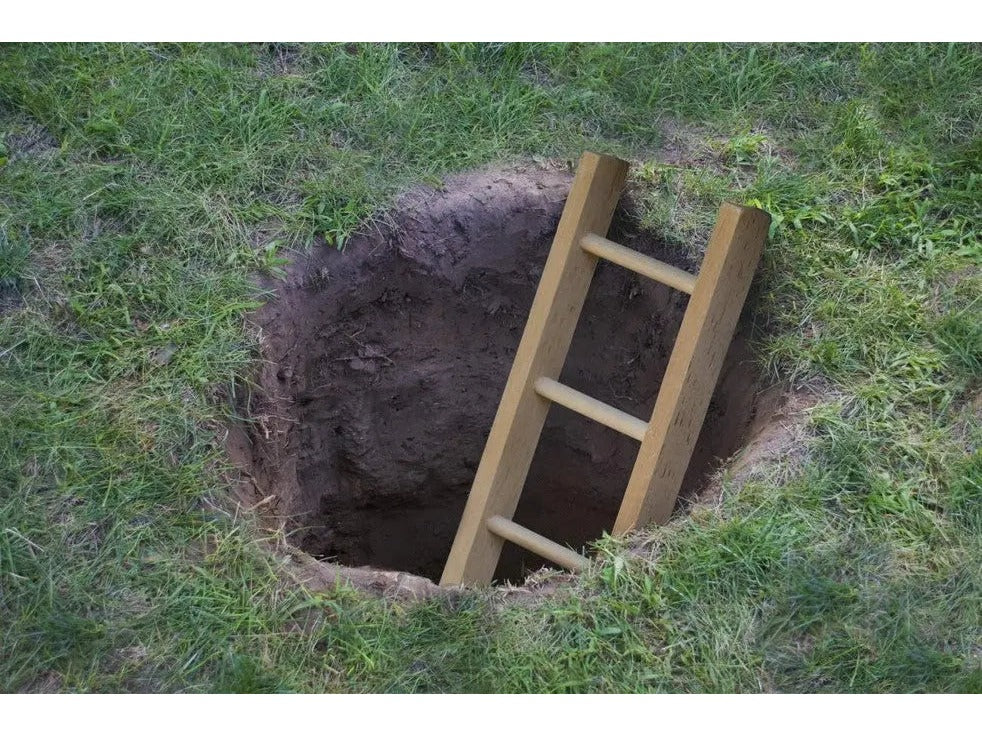Discover the secrets of your soil: The key to choosing the perfect plants to sow!

Introduction
First and foremost, to determine which plants to sow based on soil quality and composition, it is essential to understand the different soil types and their influence on plant growth. Therefore, this article will guide you through analyzing your soil and, in addition, provide examples of plants suitable for different soil types.
Summary
1. Why Soil Quality is Crucial.
2. How to Analyze the Composition of Your Soil
3. Different Types of Soils and Their Characteristics
4. Choosing Plants Based on Soil Composition
5. Tips for Improving Soil Quality
Why is soil quality crucial for choosing varieties to sow?
First of all, it's important to know that soil provides the nutrients, water, and support needed for plant growth. In fact, the texture, pH, and nutrient content strongly influence the types of plants that will thrive in it. Therefore, a well-suited soil for a plant can optimize its growth, flowering, and disease resistance. Therefore, it's essential to understand these factors to ensure optimal cultivation.
1. How to analyze the composition of your soil
Before choosing which plants to sow, it's essential to assess your soil. Here are some steps to analyze it:
- Texture Test : Take a handful of moist soil, squeeze it, and observe the texture. Sandy soil is gritty, while clay is sticky, and silt is soft to the touch.
- pH Test : Additionally, most garden centers carry pH test kits. A pH between 6 and 7 is ideal for most plants, although some prefer more acidic or alkaline soils.
- Drainage Observation : Next, water a small area and observe whether the water seeps quickly or stagnates. Too much drainage indicates sandy soil, while slow drainage may indicate clay soil.
2. Different types of soils and their characteristics
Each type of soil has specific characteristics that influence how plants grow in it.
Sandy Soil
- Features: Lightweight, easy to work with, drains water quickly.
- Advantages: Warms up quickly in spring, easy to grow.
- Disadvantages: Low in nutrients, dries out quickly.
Clay soil
- Characteristics: Fine particles, heavy and compact.
- Benefits: Rich in nutrients, retains moisture well.
- Disadvantages: Slow drainage, heats up slowly, can be difficult to work with.
Silty soil
- Characteristics: Soft and silky texture, well balanced.
- Advantages: Good drainage and water retention, ideal for most crops.
- Disadvantages: Can compact easily, requiring regular aeration.
Humus-rich soil (or compost)
- Characteristics: Rich in organic matter, dark, often humid.
- Advantages: Very fertile, retains moisture well.
- Disadvantages: May be acidic, simply dries out on the surface in dry weather.
3. Choice of plants to sow according to the composition of the soil
In short, for each type of soil, certain plants will be more suitable. Here are examples for each category:
For sandy soil
- Suitable plants: Lavender, rosemary, thyme, echinacea, and sage. These plants tolerate poor, well-drained soils.
- Vegetable garden: Carrots, onions, potatoes, and radishes thrive in light, well-drained soil.
For clay soil
- Suitable plants: Aster, primrose, daylily, and host which appreciate the richness and water retention of clay.
- Vegetable garden: Cabbage, broccoli, peas, and leeks. These vegetables prefer rich, moist clay soils.
For loamy soil
- Suitable plants: Roses, lilacs, daylilies, and tulips. These plants benefit from the fertility and water retention of loamy soils.
- Vegetable garden: Thus, almost all vegetable plants, including tomatoes, cucumbers, lettuce and beans, grow well in loamy soil.
For humus-rich soil
- Suitable plants: Ferns, hostas, hydrangeas and azaleas which thrive in soils rich in organic matter.
- Vegetable garden: Potatoes, salads, courgettes and beets which benefit from the fertility of humus-rich soils.
4. Tips for improving soil quality
So if your soil isn't ideal for the plants you want to grow, don't worry. Here are some effective ways to improve its composition:
- Improving sandy soil : Add organic matter, such as compost or manure, to improve water and nutrient retention.
- Lightening clay soil : Add coarse sand and compost to improve drainage and lighten the texture.
- Maintaining loamy soil : Avoid compaction and continue to enrich the soil with compost to preserve its fertility.
- Acidification of humus-rich soil : Use peat to adjust the acidity if necessary, and add compost to maintain its richness.
Conclusion
Understanding your soil composition is essential for choosing the right plants to grow in your garden. Each soil type offers unique characteristics. Therefore, tailoring your plant selection to these specificities will help you create a lush and productive space. By analyzing and improving your soil as needed, you'll maximize the potential of your plants and enjoy a healthy garden.



